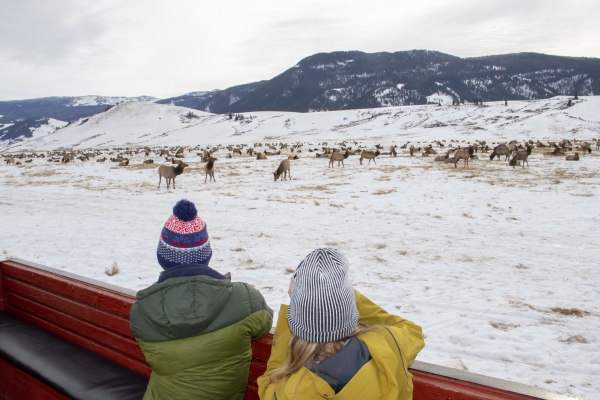
Wildlife viewing carries responsibilities; observe from a safe distance and use binoculars. Move slowly and casually, not directly toward wildlife. Your vehicle can serve as a blind and allow you to watch wildlife without panicking them. The Refuge is home to several species of large mammals who may feel threatened by human presence. Be alert and aware of your surroundings. Slow down - wildlife viewing requires patience and quiet. Best viewing is typically dawn and dusk. Transition zones between habitats like forest and field or field and river have the greatest diversity of birds and mammals. Areas around lakes, ponds and creeks are also good spots to observe wildlife.
White-tailed deer, red squirrel, chipmunk, ground squirrel, moose, wild turkey, great blue heron, red-tailed hawk, bald eagle, mallard, common goldeneye, wood duck, yellow-rumped warbler and painted turtle are easy to see on the Refuge while bobcat, lynx, cougar, black bear, wolf, mink and great gray owl are more difficult to observe.
